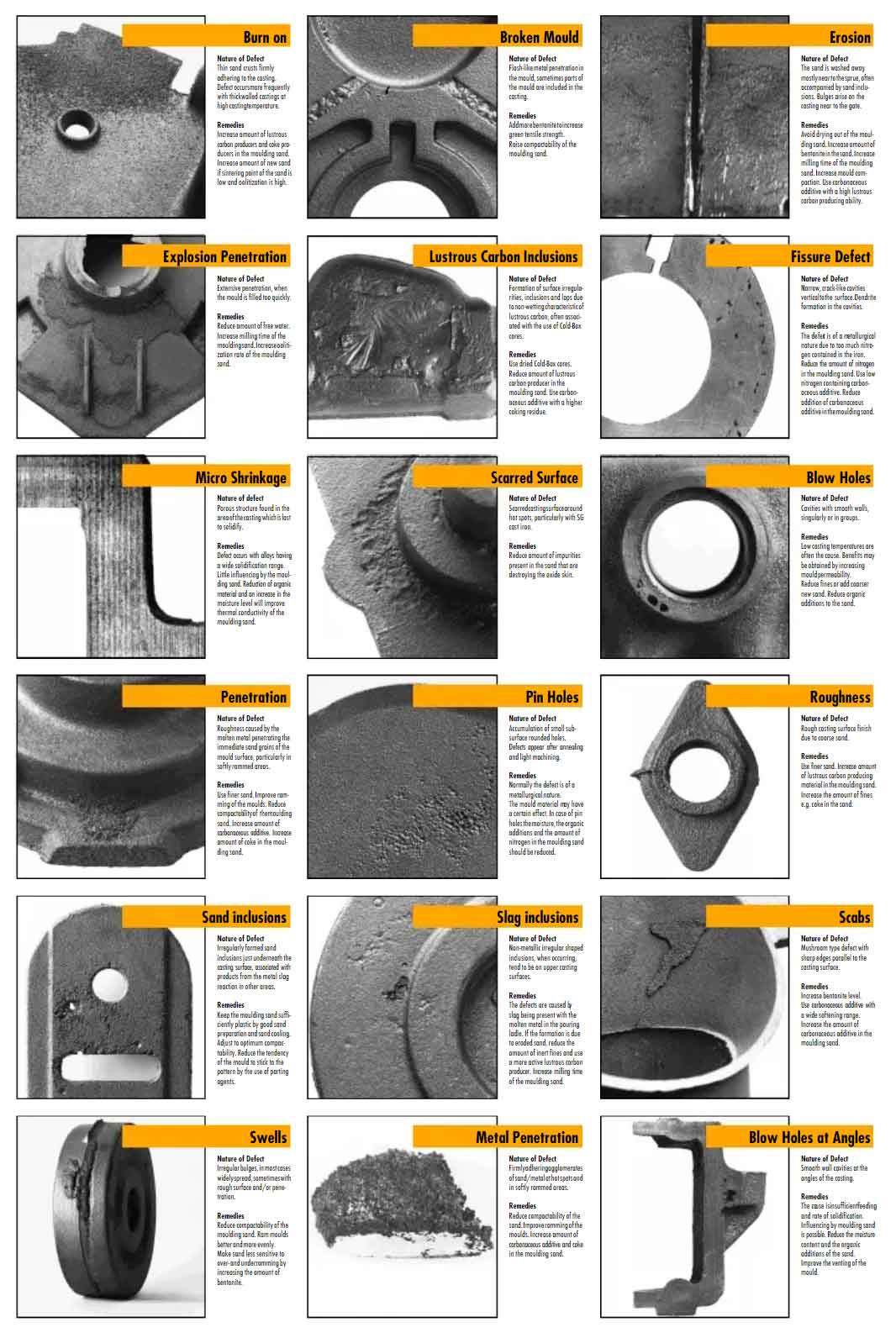Optimizing casting results involves carefully considering material selection to minimize casting defects. Choosing the right material can significantly reduce the occurrence of defects, improve casting quality, and enhance the mechanical properties of the final product. Here are some considerations for material selection to optimize for flawless results:

- Understanding Material Properties: Before selecting a material, it is essential to understand the mechanical, thermal, and chemical properties required for the application. Different materials have varying levels of fluidity, solidification behavior, and susceptibility to defects during casting.
- Matching Casting Method with Material: Different casting methods are suitable for specific materials. For instance, some materials may be more prone to shrinkage defects in sand casting, while others might have better outcomes in investment casting or die casting. Understanding the compatibility of the material with the casting method is crucial.
- Casting Alloy Composition: Depending on the application and desired properties, alloy compositions can be adjusted to optimize casting results. For instance, adding certain elements can improve fluidity, reduce shrinkage, or enhance mechanical properties.
- Minimizing Impurities: Selecting materials with low impurity levels can help reduce the occurrence of defects like porosity and inclusions. High-quality raw materials and precise material handling are crucial in achieving a clean melt.
- Solidification Behavior: Understanding the solidification behavior of the material is important for predicting and controlling potential defects like shrinkage or hot tears. The design of the casting and the use of appropriate feeding systems can be tailored based on this knowledge.
- Microstructure and Grain Size: The microstructure and grain size of the material can affect its mechanical properties. Adjusting the cooling rate during casting or employing specific heat treatments can refine the microstructure and improve mechanical performance.
- Temperature and Cooling Rate: The temperature and cooling rate during casting influence the formation of defects. Optimizing these parameters for the selected material can minimize defects and enhance casting quality.
- Post-Casting Treatments: Some materials may require post-casting treatments like stress relieving or heat treatments to alleviate internal stresses and improve mechanical properties.
- Material Testing and Certification: Choosing materials that have been thoroughly tested and certified can ensure consistent and reliable results in the casting process.
- Collaboration with Material Suppliers: Collaborating with reputable material suppliers and seeking their expertise can help in selecting the most appropriate material for the specific casting application.
Incorporating these considerations in the material selection process can help foundries and manufacturers optimize casting results, minimize defects, and produce flawless components with superior mechanical properties.
